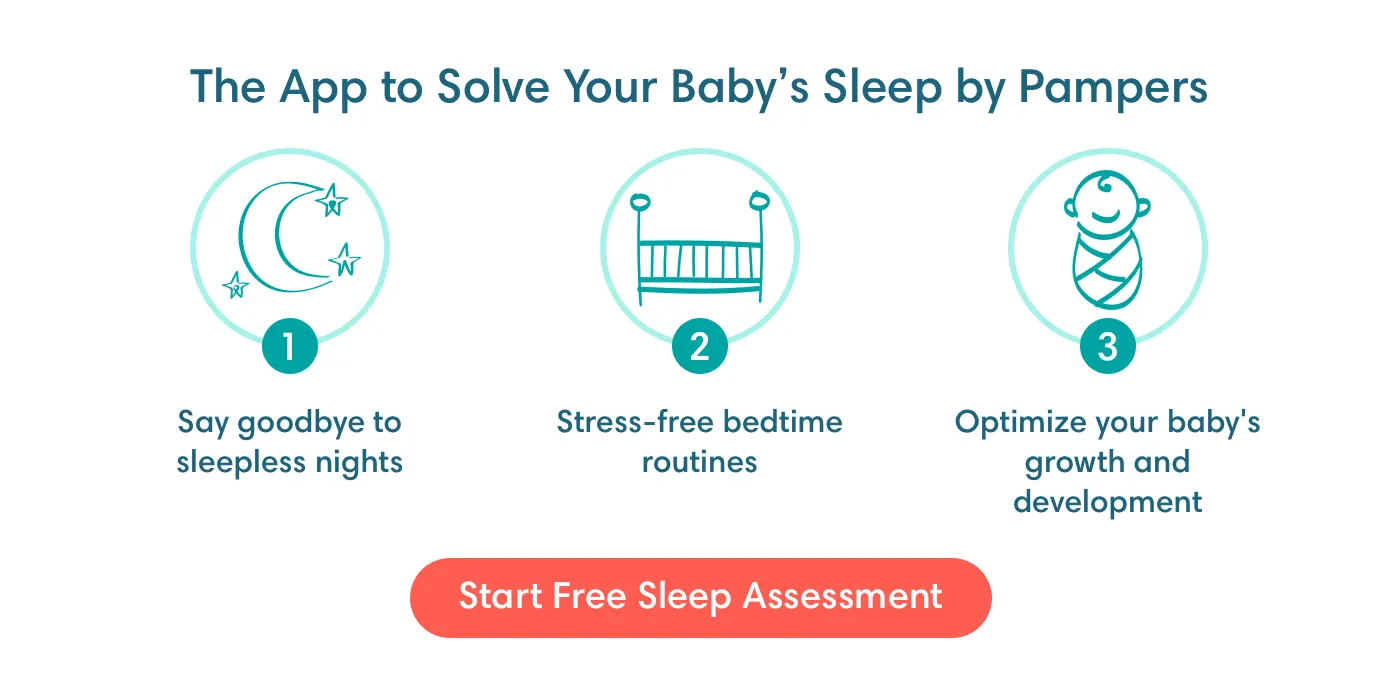When to Stop Swaddling Your Baby: Signs to Look Out For
Some experts believe that swaddling can help your newborn baby sleep better and more comfortably the first few weeks and months, but there comes a time when this technique won’t really help your little one, if you decide to use it at all. Discover when to stop swaddling your baby, how to transition your baby away from being swaddled, and what signs to look for that indicate it’s time to stop swaddling.
How Long Do You Swaddle a Baby?
It’s common to wonder, how to know when to stop swaddling, and what age to stop swaddling. It’s recommended to stop swaddling your baby when they start attempting to roll over. Many babies start exhibiting this behaviour at about 2 months old. Until then, it’s up to you how long to swaddle, though it’s recommended to make sure that if you do decide to swaddle, that the swaddle is not done loosely, or your baby is not overheating because of the swaddle.
The Purpose of Swaddling
Being swaddled imitates the feeling your baby had inside the womb, where they were nice and snug.
Properly done, swaddling can help soothe your little one and may help your baby sleep. This is because babies can startle themselves awake when they feel too cold, hear something, or even if their head falls back a little while sleeping. This is called the Moro Reflex, and can affect babies when they are in the first weeks of their lives. When swaddled, your baby will feel comforted and warmer, which might diminish them waking up from startling themselves.
The Benefits of Swaddling
Here are some of the benefits people say may happen if you swaddle your infant:
Can help calm your baby in general
Can sooth crying babies
Provides warmth
May help your baby sleep deeper and longer
May help early newborns with neuromuscular and muscle tone development.
The Risks of Swaddling
Experts caution that swaddling does have some risks, especially if it affects your baby’s arousal from sleep. If your baby isn’t able to wake themselves from sleep easily, this may increase the risk of sudden infant death syndrome (SIDS). Others have said that swaddling may affect skin-to-skin contact during breastfeeding, though long-term effects have not been found.
Lastly, some are not sure if longer, deeper sleep is actually beneficial for babies at this stage, as it might cut down on time spent interacting with their environment. Check with your baby’s GP, midwife or health visitor if you’re concerned about swaddling your baby or have questions about their safety or development.
How to Transition Your Baby Out of a Swaddle
So, you might ask, when should I stop swaddling my baby, or how can I transition out of swaddling? The truth is, the experts don’t really talk about a swaddle transition; either you swaddle your newborn or you don’t. If you do swaddle, experts say how to know when it’s time to stop swaddling: when your baby starts trying to roll over, which may happen at about 2 months of age.
It’s also a good idea to keep the bedroom at a cool temperature for your baby’s optimal comfort.
Tip A few home-grown ideas on transitioning from a swaddle (or even from a swaddle to a sleep sack) and how long it takes to transition from a swaddle include:
|
The Smart Sleep Coach by Pampers is a valuable resource when seeking guidance on helping your little one transition from swaddling to independent sleep. This innovative app offers personalised advice on creating a soothing sleep environment and establishing healthy sleep habits for your baby once the swaddling phase has passed. By incorporating expert recommendations and advanced technology, the Smart Sleep Coach aims to alleviate any concerns surrounding the post-swaddling period, ensuring a smooth and comfortable transition for both you and your baby.
As a reliable companion in your child's sleep journey, learn more about Pampers Smart Sleep Coach and foster a restful and secure sleep experience for your growing baby.
How Do You Get Your Baby to Sleep Without Being Swaddled?
Instead of swaddling your infant, you may consider using sleep clothing such as a wearable blanket or a sleeping sack. Keep in mind, if the item you choose constricts your baby’s arms, chest, or body, stop using it when you see that your baby is attempting to roll over on their own. Many experts believe that constricting an infant’s arms when they start to turn over may leave them stuck if they do manage to turn onto their bellies, a dangerous position for babies, which can lead to SIDS (Sudden Infant Death Syndrome). If you choose a garment that doesn’t constrict the arms, you can use it as long as you like (or at least, until your baby is able to turn over!). You may also consider trying some soothing techniques to help your baby get to sleep. For example, create a relaxing bedtime routine that may include a bath, a massage, a bedtime story, or a little quiet cuddle time. You may also find that playing soft music or creating white noise (such as by running a fan pointed at a wall) can help your baby fall asleep. Whether your baby is swaddled or not, make sure you place them in their crib on their back, as this is the safest sleeping position.
FAQs at a Glance
In general, when your baby starts trying to turn over, it’s probably a good time to stop swaddling them.
The Bottom Line
Some researchers believe that swaddling can help your newborn relax and sleep better, but experts say to stop swaddling once your baby starts trying to roll over on their own. If you see your baby becoming too warm, sweating or seemingly overheated, it’s safest to choose a lighter swaddling blanket, adjust the room temperature or stop swaddling altogether. Keep in mind that you don’t necessarily have to swaddle your baby. There are many other techniques, like keeping a comfortable room temperature or singing lullabies, that can help your baby fall asleep. If you’re weighing the risks and benefits and are unsure which way to go, ask your baby’s GP or health visitor. They can also show you how to safely swaddle your baby. As a parent, you want your baby to sleep soundly, and swaddling is just one of the tools at your disposal that might help make that happen in the early months of your child’s life. You can also play around with things like creating a soothing sleep routine and playing soft music to see what works best for your newborn. If you do decide to swaddle, and when the time comes to stop swaddling, you’ll be able to look back at how far your baby has already come since that first night in your home.
How We Wrote This Article The information in this article is based on the expert advice found in trusted medical and government sources, such as the National Health Service (NHS). You can find a full list of sources used for this article below. The content on this page should not replace professional medical advice. Always consult medical professionals for full diagnosis and treatment.
Join Pampers Club and get:





